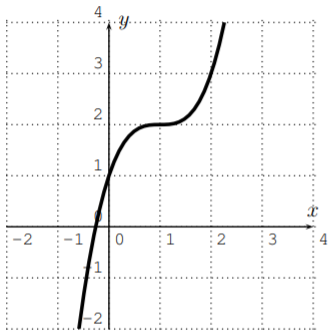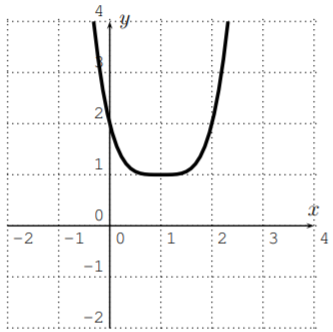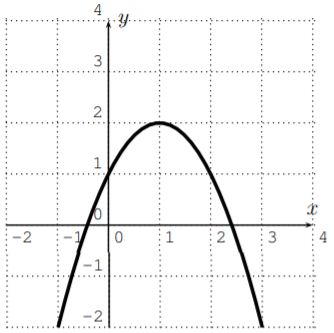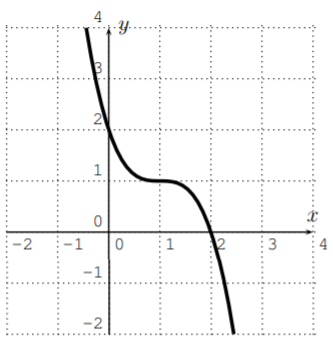27.2: Review of polynomials and rational functions
( \newcommand{\kernel}{\mathrm{null}\,}\)
Divide the polynomials: 2x3+x2−9x−82x+3
- Answer
-
x2−x−3+12x+3
Find the remainder when dividing x3+3x2−5x+7 by x+2.
- Answer
-
21
Which of the following is a factor of x400−2x99+1: x−1,x+1,x−0
- Answer
-
x−1 is a factor, x+1 is not a factor, x−0 is not a factor
Identify the polynomial with its graph.
- f(x)=−x2+2x+1 graph: _______________
- f(x)=−x3+3x2−3x+2 graph: _______________
- f(x)=x3−3x2+3x+1 graph: _______________
- f(x)=x4−4x3+6x2−4x+2 graph: _______________
- Answer
-
- ↔ iii)
- ↔ iv)
- ↔i)
- ↔ ii)
Sketch the graph of the function: f(x)=x4−10x3−0.01x2+0.1x
- What is your viewing window?
- Find all roots, all maxima and all minima of the graph with the calculator.
- Answer
-
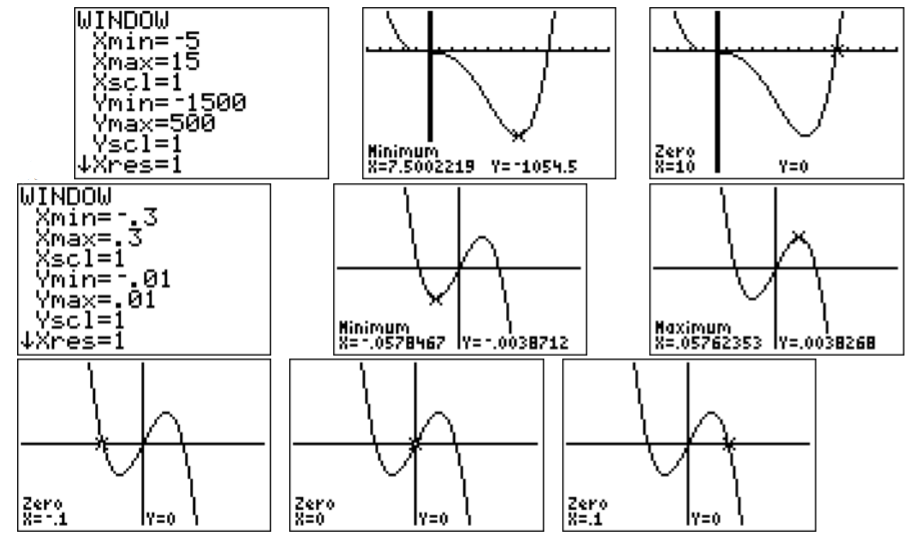
Find all roots of f(x)=x3+6x2+5x−12.
Use this information to factor f(x) completely.
- Answer
-
f(x)=(x−1)(x+3)(x+4)
Find a polynomial of degree 3 whose roots are 0, 1, and 3, and so that f(2)=10.
- Answer
-
f(x)=(−5)⋅x(x−1)(x−3)
Find a polynomial of degree 4 with real coefficients, whose roots include −2, 5, and 3−2i.
- Answer
-
f(x)=(x+2)(x−5)(x−(3−2i))(x−(3+2i)) (other correct answers are possible, depending on the choice of the first coefficient)
Let f(x)=3x2−12x2−2x−3. Sketch the graph of f. Include all vertical and horizontal asymptotes, all holes, and all x- and y-intercepts.
- Answer
-
f(x)=3(x−2)(x+2)(x−3)(x+1) has domain D=R−{−1,3}, horizontal asympt. y=3, vertical asympt. x=−1 and x=3, no removable discont., x-intercepts at x=−2 and x=2 and x=3, y-intercept at y=4, graph:
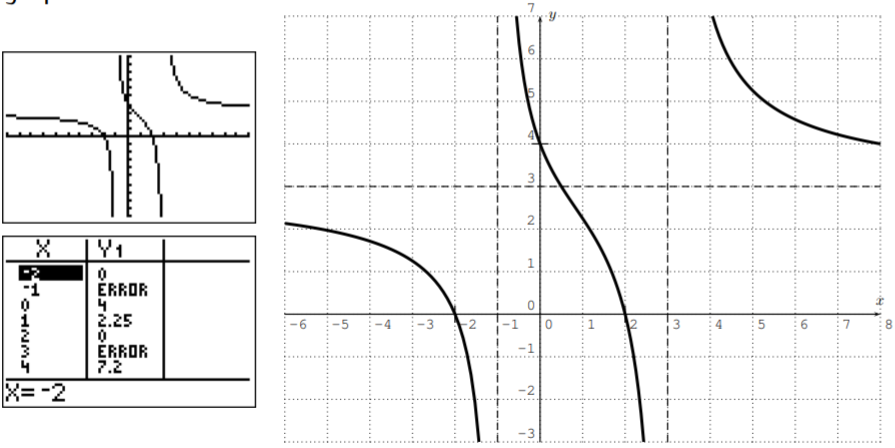
Solve for x:
- x4+2x<2x3+x2
- x2+3x≥7
- x+1x+4≤2
- Answer
-
- (−1,0)∪(1,2)
- (−∞,−3−√372]∪[−3+√372,∞)
- (−∞,−7]∪(−4,∞)



